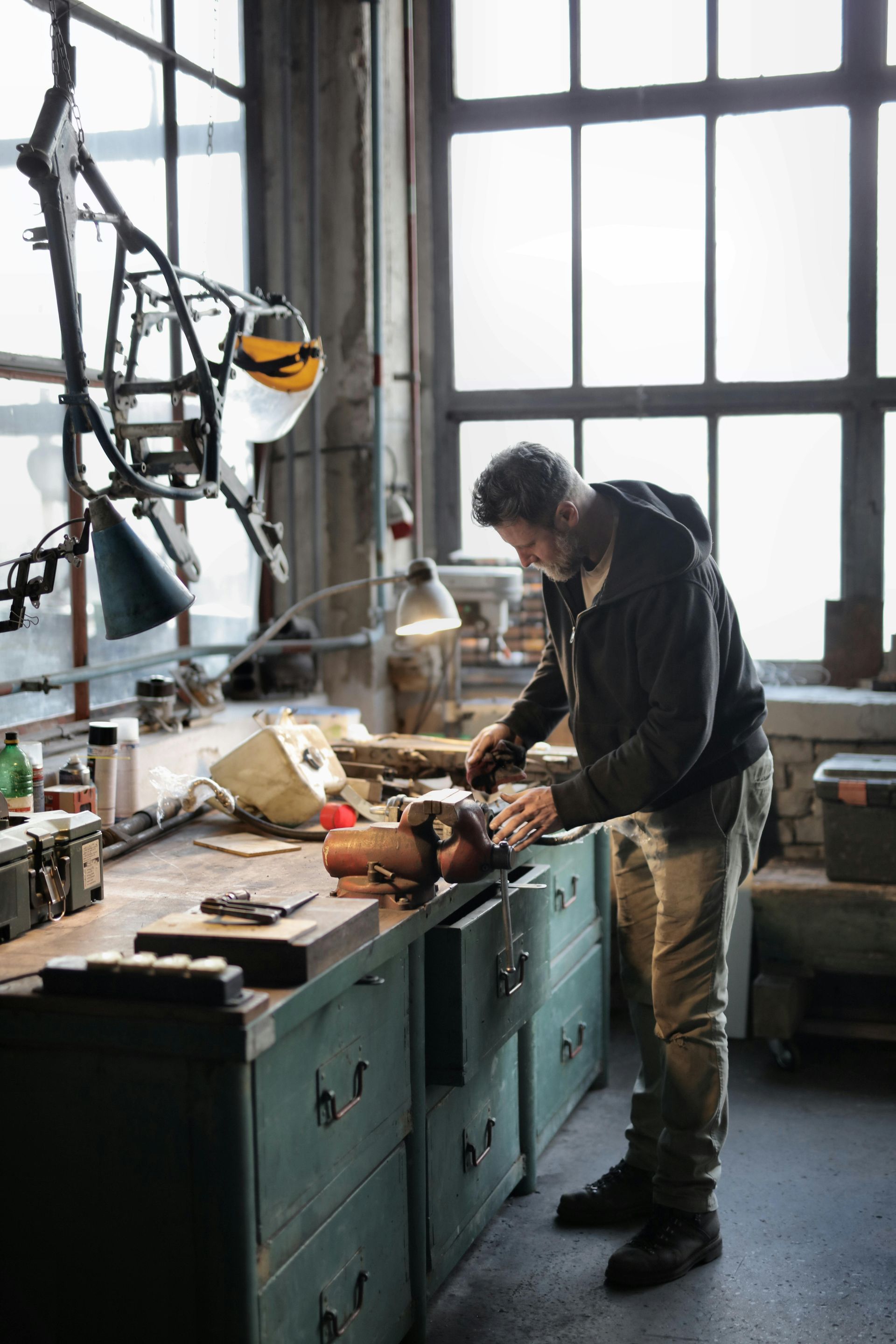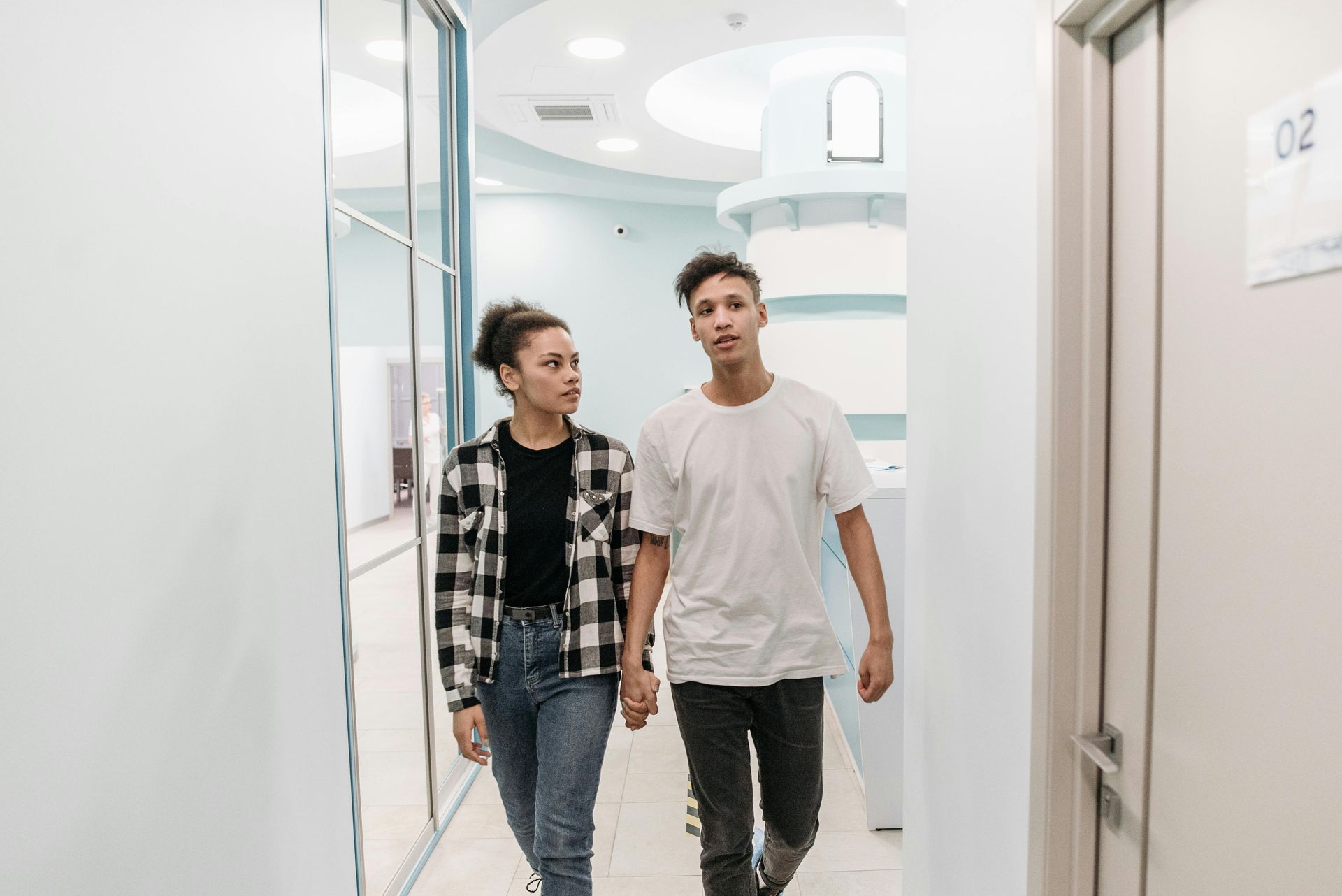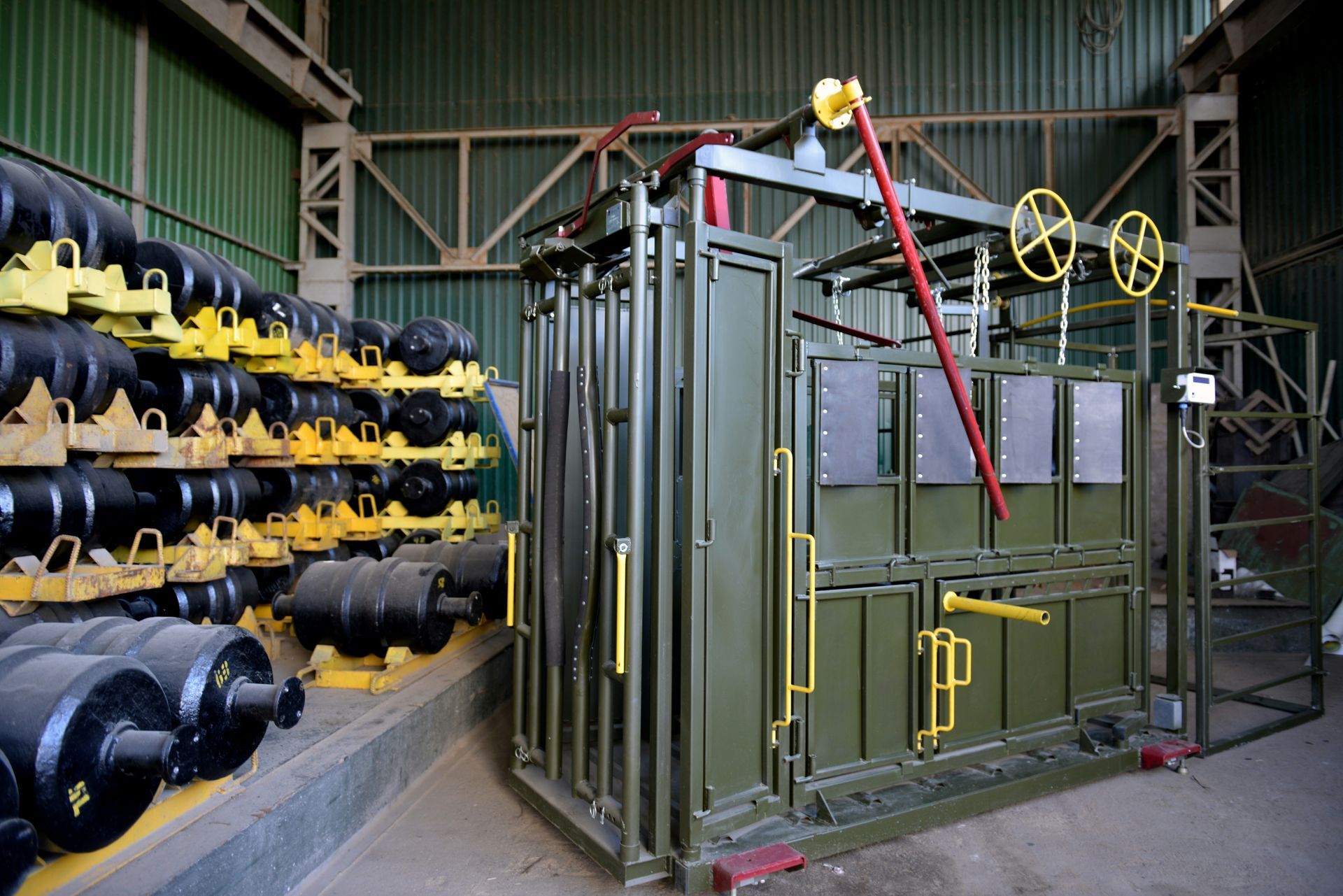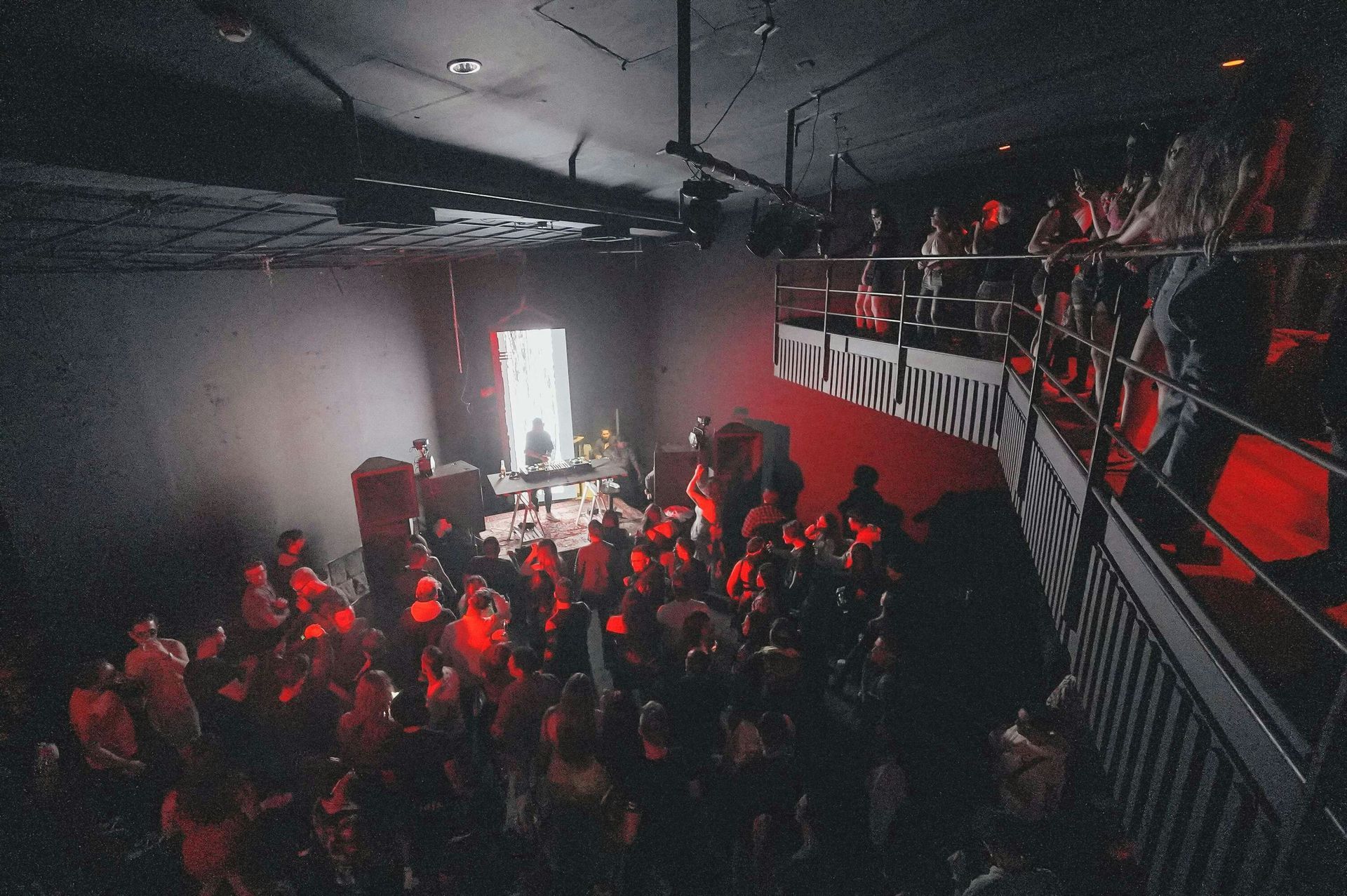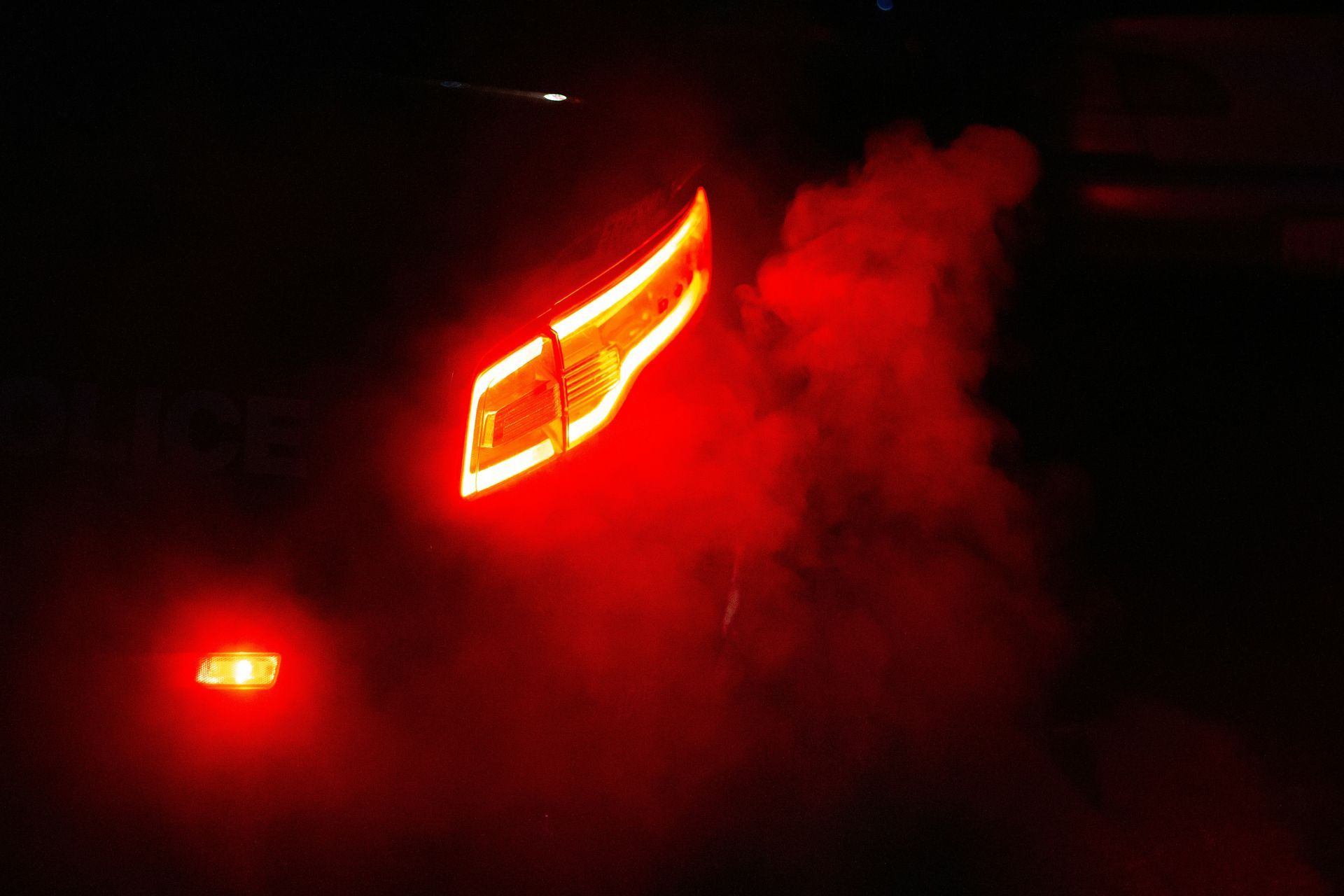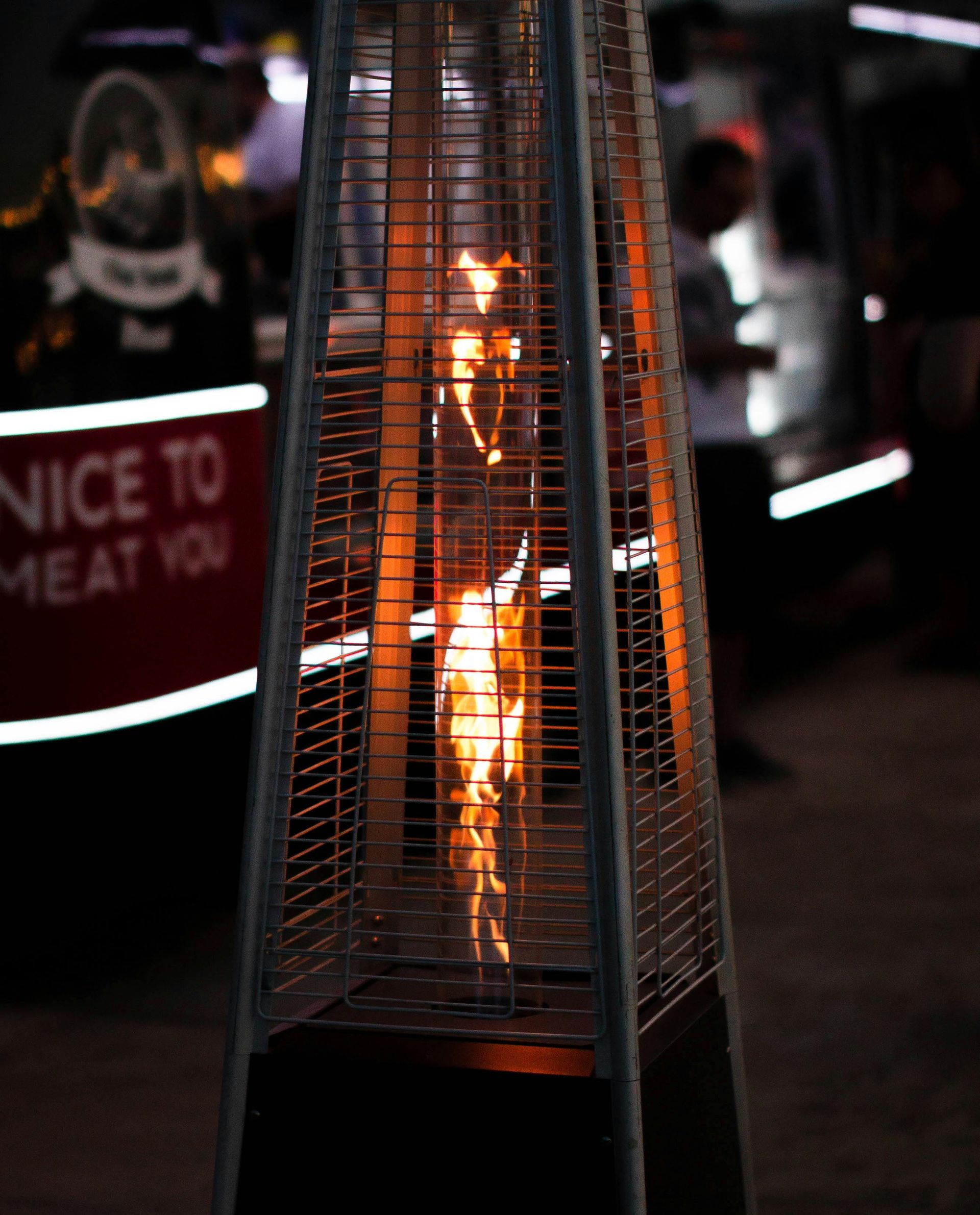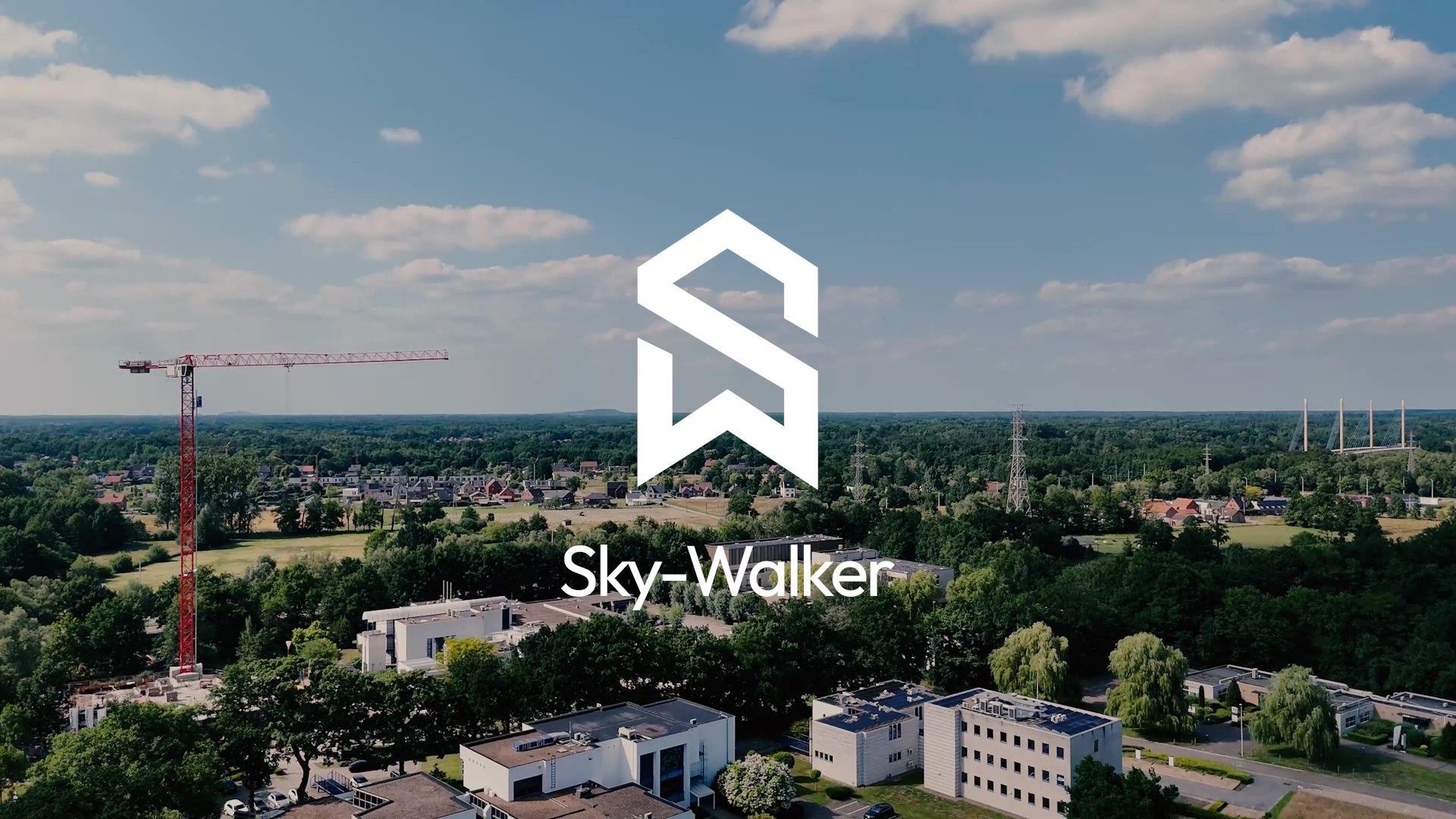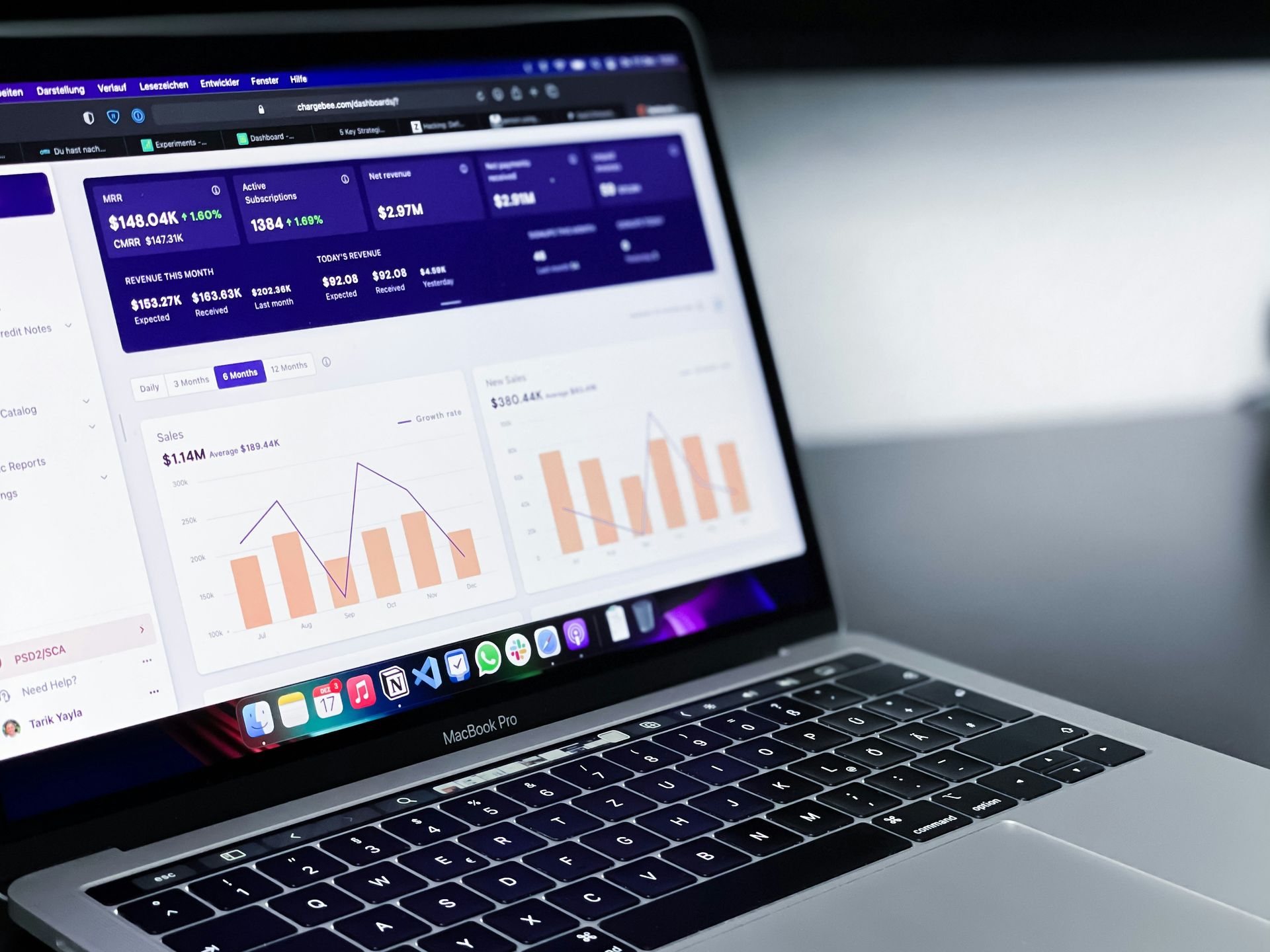CO the silent killer, made noisy by Sky-Walker
Enhance safety. Protect your people
Carbon monoxide (CO) is a colorless, odorless, and highly toxic gas. Each year, over 500 people in Flanders are hospitalized due to CO poisoning. Proper placement of CO detectors is essential to ensure early detection and protect everyone in the building.
For more information and safety tips, visit: https://www.vlaanderen.be/wonen-in-vlaanderen/nieuws/let-op-voor-co-vergiftiging
While CO₂ is an essential part of life and a natural byproduct of many processes, carbon monoxide (CO) is a completely different matter. Unlike CO₂, CO is colorless, odorless, and highly toxic, making it extremely harmful to human health. Its invisible nature means people are often unaware of the danger until it is too late. That is why detection, prevention, and smart building management are crucial to ensure safety.
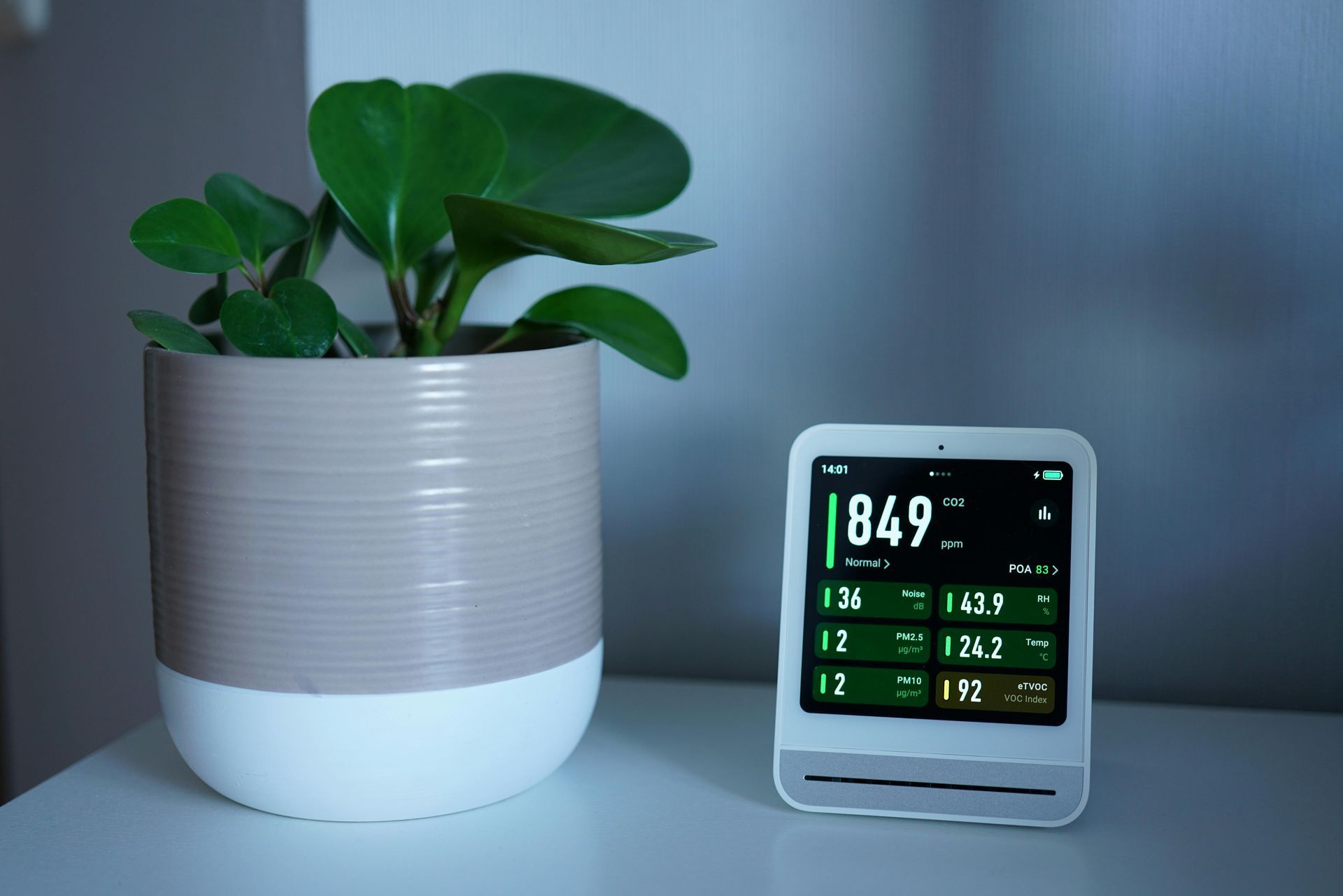
What are the most common causes of CO exposure?
1. Poorly functioning or poorly maintained heating appliances
Devices such as gas or oil heaters, boilers, and water heaters are often culprits when they are not properly maintained. Incomplete combustion can release large amounts of CO, which quickly accumulates in enclosed spaces.
2. Poor ventilation in enclosed spaces
When combustion occurs without adequate oxygen supply, the risk of CO buildup increases. For example, running a gas heater in a poorly ventilated room or using a generator in a closed garage significantly raises the danger.
3. Cars or engines running in enclosed spaces
Leaving a car engine running inside a garage can create life-threatening concentrations of CO within minutes. Similarly, using gasoline or diesel generators indoors, whether in a basement, workshop, or other confined space, poses a severe hazard.
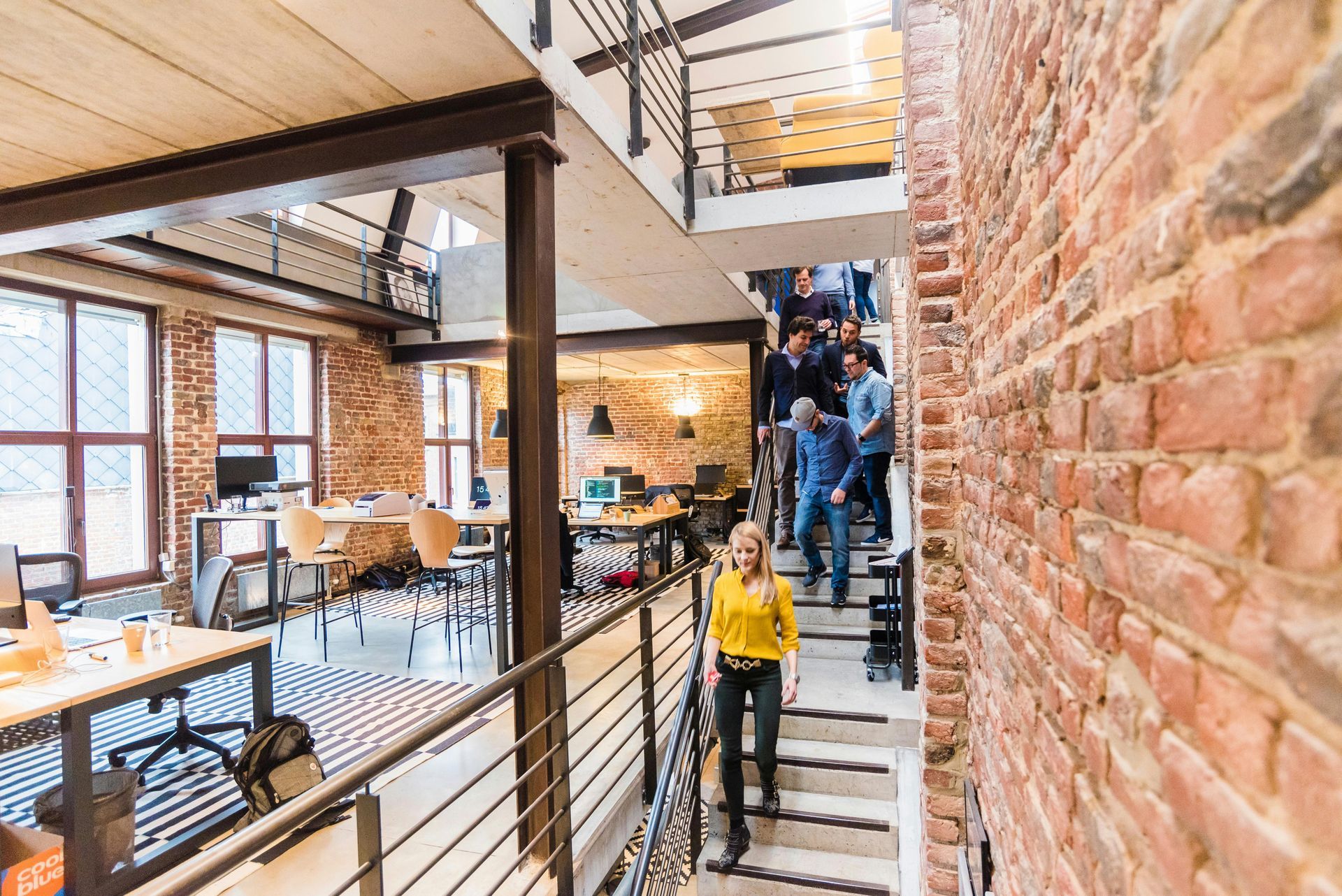
How to protect against the silent killer
The first step in protecting against CO exposure is awareness. Once people understand that this invisible gas can be lethal, they are better prepared to take preventive action. Installing monitoring systems and following safety practices can drastically reduce risks.
Here are five effective tips to ensure the safety of your building’s occupants:
Improve ventilation
Good airflow prevents CO buildup. Whether working on a car or using a heater in a closed room, always open a window or door to provide ventilation. Fresh air circulation is one of the simplest yet most effective measures.
Ensure CO detectors are installed in the proper locations.
Proper placement of CO detectors is crucial for early detection and staff safety. Installing detectors near combustion equipment ensures rising carbon monoxide is quickly sensed. Placing them in main corridors and high-traffic areas allows the gas to be detected as it spreads through the building. Finally, locating detectors in sleeping, break, or office areas protects employees where they spend significant time, providing timely warnings even at low CO levels. Correct placement maximizes safety and helps prevent exposure to this invisible, toxic gas.
Around Combustion Equipment Main Corridors and High-Traffic Areas Breakroom
Monitor air quality continuously
Installing CO-meters is essential. Because the gas is odorless and invisible, only technology can reliably detect it. By continuously monitoring air quality, you receive early warning signals when CO levels rise to unsafe thresholds.
Use air purifiers with Carbon filters
High-quality air purifiers equipped with activated carbon filters can help reduce certain harmful gases and odors indoors. While they cannot replace CO or CO₂ sensors and are not effective against carbon monoxide, they provide an additional safeguard to maintain healthier indoor air by reducing some pollutants.
Limit the use of CO sources indoors
Some devices should never be used in enclosed spaces without adequate ventilation. These include:
By being mindful of these sources, you can significantly lower the risk of dangerous CO levels.
How does Entelec prevent CO exposure?
At Entelec, safety is at the heart of innovation. Our advanced Sky-Walker platform ensures that no alarm ever goes unnoticed. Many CO₂ sensors transmit data through protocols such as Modbus RTU/TCP, BACnet, MQTT, or REST API. Sky-Walker integrates seamlessly with these protocols, retrieving data directly without requiring extra hardware like a PLC.
In larger facilities, sensor data is often centralized in a Building Management System (BMS) or Programmable Logic Controller (PLC). From there, Sky-Walker collects and interprets the data via interfaces like OPC UA or BACnet/IP. This centralized approach ensures that all CO levels are continuously monitored, analyzed, and displayed in real time.
The true strength of Sky-Walker lies in its unified management. Whether you oversee a single building or multiple locations, the platform provides a centralized control room view. Alarms are transmitted instantly, guaranteeing that no critical warning is missed, even if staff are briefly distracted.
Build the future of smart building management
Sky-Walker is more than just software it is a strategic tool designed to make your buildings safer, smarter, and more responsive. By unifying facility management into one platform, it allows you to focus on what truly matters, creating the safest and most productive environment for your people and your business.
With Sky-Walker, you never risk missing a CO alarm. The system is connected, sending signals to the control room even if you glance away for a second. Multiple rooms and locations can be monitored centrally, ensuring comprehensive safety coverage.
Want to see Sky-Walker in action?








 Download Product Ebook
Download Product Ebook View all our solutions
View all our solutions Sky-Walker Architecture
Sky-Walker Architecture View all our integrations
View all our integrations Book Protocol workshop
Book Protocol workshop Our Company
Our Company Contact Us
Contact Us View All Our Case Studies
View All Our Case Studies Become a PSIM Partner
Become a PSIM Partner Become a Sky-Walker PSIM partner today!
Become a Sky-Walker PSIM partner today! English
English Français
Français Nederlands
Nederlands